Introduction
William Shakespeare’s tragedy “King Lear” (c. 1605-1606) and Herman Melville’s novel “Moby-Dick” (1851) are representative literary works of their respective eras, dealing with universal themes such as human nature, relationship with nature, power, and madness. While these works differ greatly in their time of publication and form, they share commonalities in depicting the struggle between human inner worlds and external realities. This report compares these two masterpieces, exploring their similarities and differences to examine their profound significance and influence in the modern world.
1. Plot Overview
1.1 King Lear
“King Lear” begins with the elderly King Lear’s decision to divide his kingdom among his three daughters. While the eldest daughters Goneril and Regan exaggerate their love for their father, the youngest daughter Cordelia speaks the plain truth. Lear, perceiving Cordelia’s frankness as an insult, disinherits her. Subsequently, Lear is mistreated by his elder daughters and descends into madness as he wanders the wilderness.
Simultaneously, a power struggle unfolds between Edgar, the legitimate son of the Earl of Gloucester, and Edmund, his illegitimate son. Edmund’s scheming leads to Edgar’s exile, and Gloucester suffers the cruel fate of having his eyes gouged out. The story portrays Lear’s spiritual journey and the kingdom’s turmoil, interwoven with the presence of the loyal servant Kent and the Fool.
In the end, Cordelia returns with the French army, reconciling with Lear. However, due to Edmund’s machinations, Cordelia is executed. Lear, mourning her death, also breathes his last, bringing the tragedy to its conclusion.
1.2 Moby-Dick
“Moby-Dick” begins with the memorable line, “Call me Ishmael.” It is a tale narrated by Ishmael about his adventure aboard the whaling ship Pequod. Captain Ahab is obsessed with revenge against the giant white whale, Moby Dick, which had taken his leg in a previous encounter.
The story unfolds with detailed descriptions of whaling and philosophical contemplations. It encompasses a wide range of topics, from portrayals of the diverse crew members to technical aspects of whaling, marine biological knowledge, and even cultural history related to whales.
Ahab’s obsession gradually engulfs the entire crew. Conversations with captains of other ships encountered during the voyage and various ominous events add tension and mystique to the narrative.
Finally, the story reaches its climax with the encounter with Moby Dick. After a fierce three-day battle, Ahab is dragged into the sea by the white whale, and the Pequod sinks. All crew members perish except Ishmael, who survives to tell the tale.
2. Comparison of Major Themes
2.1 Power and Madness
In both works, power and madness are closely intertwined. This relationship is explored through the actions and fates of the main characters.
In King Lear’s case:
- Lear begins the story as a king with absolute power. His initial action (the division of the kingdom) already suggests that he misunderstands the nature of power.
- The failure to distribute power among his daughters becomes the trigger for his madness. By relinquishing power, Lear faces a crisis of identity.
- As he loses power, Lear is forced to confront his true self. His madness, in a sense, serves to open his eyes to the truth.
- Lear’s line, “I am a man more sinned against than sinning,” demonstrates his self-centeredness while also expressing universal human suffering.
In Captain Ahab’s case:
- He holds absolute power on board the ship. His power is manifested in his ability to determine the fate of the crew.
- His desire for revenge against Moby Dick is the source of his madness. This obsession is portrayed as a “monomania” that distorts rational judgment.
- Ahab’s madness leads the entire crew to destruction. The structure in which his personal vendetta determines the fate of the entire group suggests the dangers of power.
- Melville’s description that “some infernal spirit had taken possession of Ahab’s soul” illustrates the blurred boundary between power and madness.
While both works depict the process of powerful figures descending into madness, the causes and consequences differ. Lear’s madness ultimately leads to a path of self-recognition, while Ahab’s madness brings about self-destruction. This can be seen as reflecting the fundamental difference in worldviews between the two works.
2.2 Relationship with Nature
Nature plays a crucial role in both works, with deep exploration of the relationship between humans and nature.
In King Lear:
- The storm scene symbolically expresses Lear’s inner turmoil. Lear’s line, “Blow, winds, and crack your cheeks!” juxtaposes the fury of nature with the turbulence of human emotions.
- The ferocity of nature emphasizes human powerlessness. Lear finds himself and learns humility in nature.
- The scene where Edgar wanders the wilderness as “Poor Tom” also demonstrates how humans become stripped bare in nature.
- Gloucester’s line, “As flies to wanton boys are we to the gods,” contains deep insight into the relationship between humans and nature (or the gods).
In Moby-Dick:
- The sea serves as the main stage of the story, highlighting the smallness of humans. Melville describes the sea as an “unfathomable, impersonal being.”
- Moby Dick is portrayed as the embodiment of natural forces. Its whiteness symbolizes the inscrutability of nature and existence beyond human comprehension.
- The central theme is the struggle between man (Ahab) and nature (Moby Dick). This conflict brings into sharp relief human limitations and the overwhelming power of nature.
- The act of whaling itself expresses human exploitation of nature. At the same time, the description of whales is imbued with awe, demonstrating the complex relationship between humans and nature.
While Shakespeare uses nature as a mirror reflecting human interiority, Melville depicts nature as a force confronting humanity. This difference reflects the disparate historical backgrounds and cultural contexts of the two works.
2.3 Father-Child Relationships
Both works explore the complexities of father-child relationships (or paternal relationships). These relationships serve as crucial elements driving the plot.
In King Lear:
- The relationship between Lear and his daughters (Goneril, Regan, and Cordelia) is the central plot. Lear’s love test raises universal themes of paternal love and filial duty.
- The relationship between the Earl of Gloucester and his sons (Edgar and Edmund) forms an important subplot. It depicts how the difference in status between legitimate and illegitimate sons affects the father-son relationship.
- Parental blindness and filial betrayal are portrayed. Both Lear and Gloucester are “blind” in the sense that they fail to understand their children correctly.
- The loyalty of Cordelia and Edgar demonstrates true filial bonds. Conversely, the betrayal by Goneril, Regan, and Edmund expresses the fragility of blood relationships.
In Moby-Dick:
- Ahab and Pip have a relationship akin to that of father and son. Pip’s innocence is contrasted with Ahab’s complex inner world.
- The crew members are sometimes described as Ahab’s “children.” The structure in which Ahab’s decisions determine the fate of all crew members suggests the magnitude of a father’s influence.
- Ahab’s obsession with revenge dictates the fate of his “children” (the crew). This symbolically expresses the impact that a parent’s obsessions or desires can have on their children.
- The relationship between Ishmael and Queequeg can also be interpreted as a kind of pseudo-father-son or brotherly relationship. The bond between these two men from different cultural backgrounds suggests the possibility of human relationships that transcend blood ties.
While Shakespeare deals with direct blood relationships, Melville explores the theme through metaphorical father-child relationships. Both works depict the complexity of father-child relationships and the profound impact they have on individuals and society.
2.4 Identity and Self-Recognition
Both works depict changes in the self-recognition and identity of their characters. This exploration provides deep insights into the essence of human nature.
In King Lear:
- Lear loses his identity as king and discovers his essence as a human being. His journey is a process of exploring the “naked” human condition, stripped of social status.
- By disguising himself as “Poor Tom,” Edgar experiences life at the bottom of society and gains a new perspective. This experience becomes an opportunity for him to reconstruct his identity.
- Cordelia maintains her true identity by staying true to her honesty. Her consistency stands in contrast to the changes in other characters.
- Kent also maintains the core of his identity, his loyalty, by disguising himself to continue serving the king.
In Moby-Dick:
- Ishmael deepens his understanding of the world and himself through his experience on the whaling ship. His journey is not merely a physical movement but also a process of self-discovery.
- Ahab identifies himself with his revenge against the white whale, becoming trapped in this identity. His one-dimensional identity ultimately leads him to destruction.
- Through the portrayal of “savages” like Queequeg, the identity of civilized society is relativized. This can be interpreted as a critique of Western-centric worldviews.
- Other crew members, such as Starbuck, also experience conflicts between their own identities and values under Ahab’s influence.
While Shakespeare explores the relationship between social roles and identity, Melville examines identity from the perspective of the relationship between the individual and cosmic forces. Both works delve deeply into the fluidity of identity and its impact on human behavior and thought. They also suggest the possibility that the struggle to find one’s true identity can lead to human growth and self-realization.
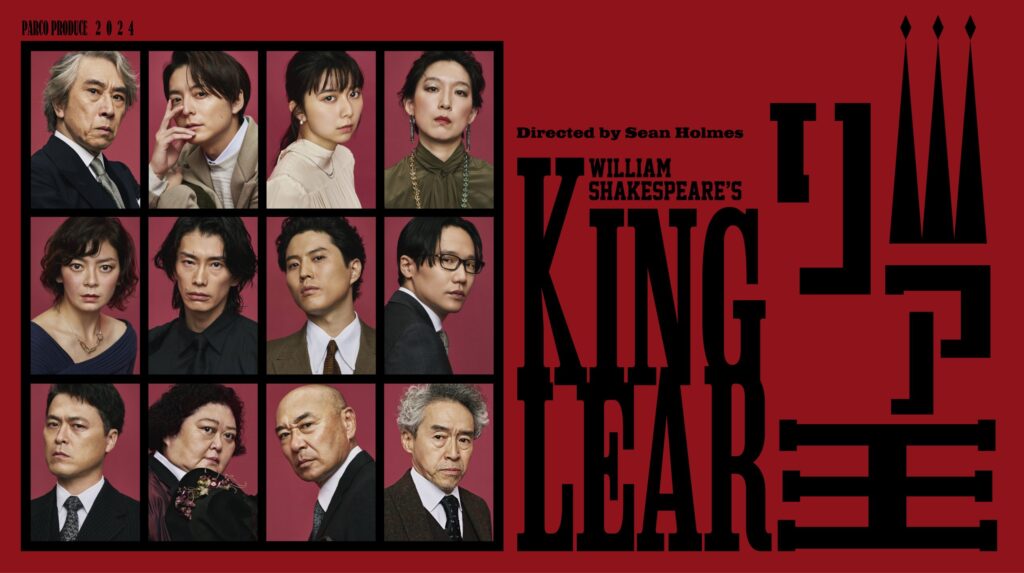
3. Comparison of Literary Techniques
3.1 Narrator’s Perspective
King Lear:
- As a dramatic work, there is no specific narrator.
- The story unfolds through the perspectives of multiple characters. This allows for a multifaceted view of events.
- The audience/readers understand the inner thoughts of each character through soliloquies and dialogues.
Moby-Dick:
- Ishmael functions as a first-person narrator.
- However, at times, an omniscient perspective beyond Ishmael’s viewpoint is also adopted.
- Encyclopedic knowledge about whaling and philosophical contemplations are inserted into the narrative.
Shakespeare provides multiple perspectives within the constraints of the dramatic form, while Melville utilizes the freedom of the novel to develop experimental narrative techniques. Both succeed in exploring the themes of their works more deeply and from multiple angles by using various perspectives and narrative methods.
3.2 Language and Style
King Lear:
- Shakespeare alternates between verse (mainly blank verse) and prose. Generally, noble characters speak in verse, while lower-class characters or scenes of madness tend to use prose.
- Rich in metaphors and wordplay, the language possesses both poetic beauty and profound meaning. For instance, the “blinded Gloucester” simultaneously symbolizes physical blindness and the acquisition of spiritual insight.
- In Lear’s scenes of madness, the meaning of words becomes ambiguous and fragmented. This is a technique to linguistically express his mental state.
- Shakespeare distinguishes language use according to the characters’ social status and psychological state, thus accentuating their individuality.
Moby-Dick:
- The style is diverse, sometimes poetic, sometimes scientific, sometimes philosophical. This reflects Melville’s erudition and the multilayered nature of the story.
- A wide range of vocabulary is used, including whaling terms and biblical phrases. This creates a unique atmosphere and depth in the narrative.
- Long and complex sentence structures are characteristic. Especially in descriptions of whales and the sea, detailed observations and poetic expressions are fused.
- Melville constructs the worldview of the story through language. For example, the grandeur in the descriptions of the sea and whales has the effect of highlighting human insignificance.
Shakespeare uses refined poetic language to express emotions and ideas in a condensed form, while Melville adopts an encyclopedic style incorporating vast knowledge and contemplation. Both maximize the power of language to provide readers with a literary experience that goes beyond mere storytelling.
3.3 Symbolism and Imagery
King Lear:
- The storm symbolizes the turmoil of human inner worlds and social upheaval. The scene where Lear falls into madness during the storm juxtaposes his inner chaos with external disorder.
- Images of sight and blindness explore the meaning of physical and spiritual “seeing.” Gloucester’s development of “seeing” the truth after his eyes are gouged out is a typical example of this symbolism.
- Clothing symbolically expresses the relationship between social status and essence. Scenes such as Lear discarding his crown or Edgar playing “Poor Tom” naked utilize this symbolism.
- Animal imagery (e.g., “ingratitude, thou marble-hearted fiend”) is frequently used to express various aspects of human nature.
Moby-Dick:
- The white whale Moby Dick is a symbol open to diverse interpretations, including natural force, God, and fate. Its whiteness represents existence beyond human understanding.
- The sea functions as a metaphor for life and the universe. Its vastness and depth suggest the limits of human knowledge and experience.
- The ship is depicted as a microcosm of society. The diverse crew of the Pequod can be interpreted as a symbol of multicultural America.
- The act of whaling itself symbolizes human challenge to and desire to conquer nature. At the same time, its dangers serve as a warning against human arrogance.
Shakespeare uses everyday images as symbols with multilayered meanings, while Melville employs more cosmic and philosophical symbols. Both succeed in exploring the themes of their works more deeply and in multiple layers through these symbols and imagery.
4. Historical and Cultural Context
4.1 Historical Background
King Lear:
- Written in England during the late Elizabethan to early Jacobean period. This era marks a transition from medieval to modern times.
- The issue of royal succession was a real political concern at the time. The question of Elizabeth I’s successor would have been a familiar topic for contemporary audiences.
- Reflects an era caught between medieval worldviews and modern individualism. Lear’s downfall can be interpreted as symbolizing the decline of the feudal system.
- It was also a period of turmoil following the Reformation, and religious elements can be seen scattered throughout the work.
Moby-Dick:
- Written in mid-19th century America. This was an era of American expansionism and the Industrial Revolution.
- The whaling industry was one of America’s major industries at the time. Melville’s descriptions are based on actual whaling experiences.
- Issues that America was grappling with at the time, such as slavery and relations with Native Americans, exist as background to the work.
- The conflict between advancing science and technology and traditional faith, characteristic of the era, is reflected in the themes of the work.
4.2 Literary Tradition
King Lear:
- While inheriting the tradition of medieval morality plays, it introduces modern psychological portrayals. It was innovative in depicting human complexity rather than simple contrasts between good and evil.
- Fuses elements of classical tragedy with the tradition of English history plays. In particular, it follows the traditional tragic theme of the downfall of a noble character.
- The differences between the Folio and Quarto versions reflect the theater culture and publishing circumstances of the time.
Moby-Dick:
- A representative work of American Renaissance literature. It shows influences of transcendentalism, including deep contemplation on the relationship between nature and humanity.
- Shows notable influences from the Bible and classical literature. In particular, connections with the Old Testament Book of Jonah have been pointed out.
- While borrowing the form of an adventure novel, it conducts philosophical and metaphysical exploration. This was Melville’s original approach.
- The introduction of encyclopedic knowledge can be said to inherit the tradition of 18th-century natural history.
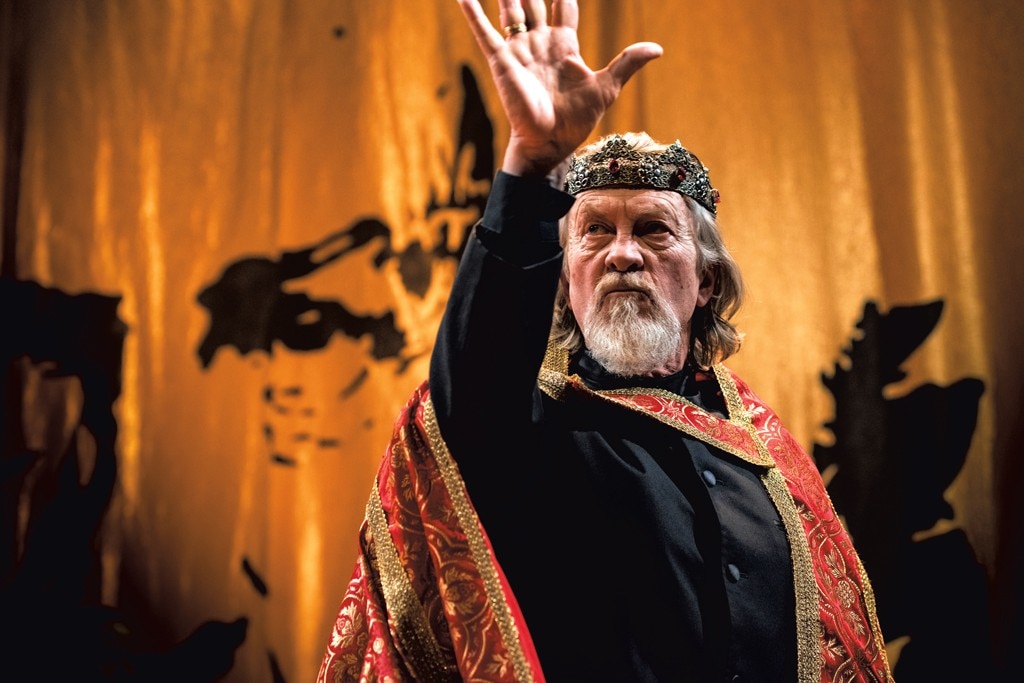
5. Conclusion
Shakespeare, within the dramatic format, meticulously depicts the delicate dynamics of human relationships and society, simultaneously highlighting human weaknesses and strengths. Melville, on the other hand, makes full use of the free form of the novel to depict everything from the individual’s inner world to cosmic questions on a grand scale.
While “King Lear” portrays the suffering and growth of individuals within human society, “Moby-Dick” questions humanity’s position in a larger context, exploring the relationship between humans and nature, and individuals and the universe. However, both works ultimately depict the limitations of humanity and, nonetheless, the human figure that continues to challenge those limits.
Moreover, due to their complexity and depth, both works continue to inspire new interpretations and discoveries centuries after their publication. The issues of family relationships and power in “King Lear” can be interpreted as themes relevant to modern society. Similarly, themes such as the relationship between humans and nature, and the destructiveness of obsession in “Moby-Dick” are suggestive when considering environmental issues and the psychology of modern humans.
Furthermore, the literary techniques of both works – Shakespeare’s poetic language and Melville’s encyclopedic style – have had a significant impact on subsequent writers. Their innovative modes of expression have expanded the possibilities of literature and elevated the status of the novel and drama as linguistic arts.
In conclusion, “King Lear” and “Moby-Dick” can be said to be works that delve into the fundamental questions of human existence, transcending their respective eras and cultural backgrounds. By simultaneously depicting the greatness and folly, strength and fragility of humanity, both works continue to provide readers/audiences with deep insight and emotion. The fact that these works continue to shine as pinnacles of world literature is precisely due to this universality and artistic achievement.

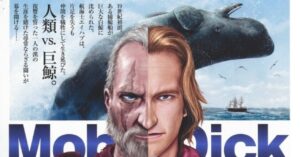

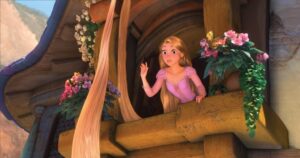


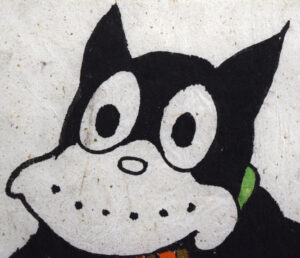





コメント